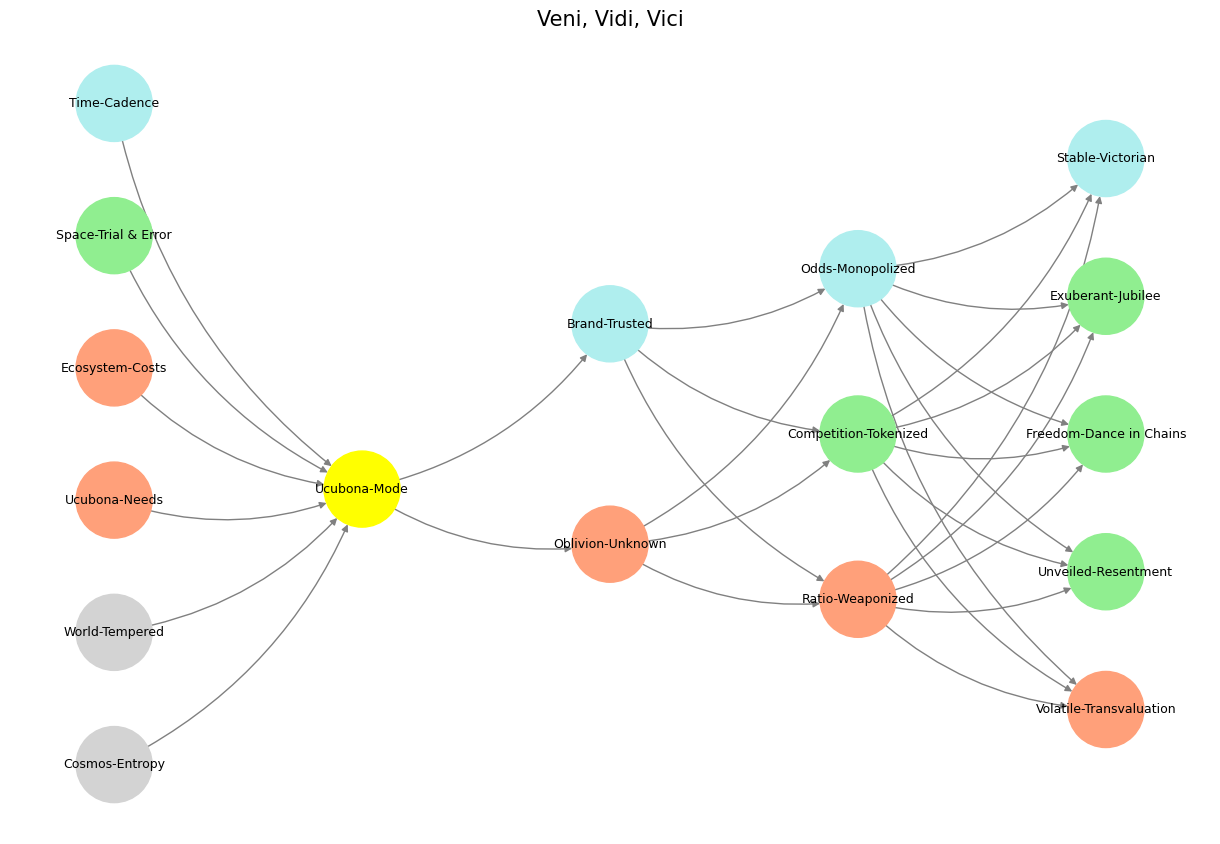Apollo & Dionysus#
Elon Musk and Icarus stand as two opposing yet complementary figures in the narrative of exploration—one soaring beyond known limits, the other tunneling beneath them. The question of how emergent phenomena can arise when the immutable laws of nature remain fixed is precisely what Musk’s work forces us to confront. His companies, from SpaceX to The Boring Company, redefine the boundaries of physical space, not by violating fundamental laws, but by discovering new dimensions within them. Like the realization that an 8x8 grid can be expanded into three-dimensional space, Musk’s projects force a perceptual shift, uncovering dimensions we had previously ignored.
But those are practical things. That’s in the American tradition.
– Isabel
Consider Icarus in this framework. His story, often reduced to a cautionary tale of hubris, can be reframed in light of Musk’s ethos—not as a failure, but as an incomplete exploration. Icarus did not fly too high; he simply lacked the structural innovations necessary to sustain his altitude. The failure was not in flight itself, but in the fragility of his method. Musk’s ventures systematically solve this problem: SpaceX rethinks how humans escape gravity, not by defying physics, but by optimizing energy efficiency, reusability, and orbital mechanics. Neuralink, another of Musk’s projects, operates in a similar manner—not by discarding the known constraints of neurobiology, but by navigating them more precisely, using a different vantage point to see what was always there. His companies serve as a continuous reweighting of the neural network—adjusting weights at each layer without altering the fundamental architecture.
The Boring Company represents the opposite approach: rather than ascending, it tunnels beneath the labyrinth. If Icarus sought to escape the Minotaur by taking flight, Musk instead bores directly through the maze itself, rendering its walls meaningless. The labyrinth is no longer an obstacle if movement can be redirected underground, a realization that entirely reframes the problem space. It’s the same principle behind Hyperloop—traditional transit assumes a horizontal plane of movement constrained by friction and resistance, but if the medium itself is altered (vacuum-sealed tubes), the entire system is redefined. These are not violations of existing physical laws but the discovery of alternate pathways embedded within them.

Fig. 13 Trump—Flanked By Larry Ellison, Sam Altman, & Masayoshi Son—Announces Project Stargate. President Trump, flanked by top tech executives and AI experts, announces a major new AI initiative called Project Stargate. Our App provides infrastructure that connects this to the academic medicines workflows#
Our neural network below embodies this same paradigm shift. The immutable laws of nature sit at the foundational layer—the “World” layer in the model—defining constraints like entropy, ecosystem costs, and time cadence. But the emergent phenomena encoded in green in layers 4 and 5—those domains of competition, transvaluation, and exuberant jubilee—are the result of novel strategies for navigating these constraints. Ucubona, the ability to see in a new light, is precisely what separates mere existence (data) from emergence (data + random error = simulation), akin to acknowledging as Heraclitus did that you never step in the same river twice. It is the leap from a two-dimensional understanding of a system to an awareness that a third dimension (parameter) was always there.
The relationship between fixed laws and emergent behavior, then, is not one of contradiction but of latent potential. Emergent phenomena do not break the immutable—they reveal the degrees of freedom hidden within them. Just as Musk’s work opens up our understanding of Icarus and the labyrinth, it also forces us to reevaluate our own neural architecture. What dimensions have we been blind to? What solutions exist within the problem itself, waiting to be unearthed or illuminated from above? Whether we fly over the maze or bore through it, the key insight remains the same: the game was never just an 8x8 grid. We simply failed to see beyond it.
Show code cell source
import numpy as np
import matplotlib.pyplot as plt
import networkx as nx
# Define the neural network fractal
def define_layers():
return {
'World': ['Cosmos-Entropy', 'World-Tempered', 'Ucubona-Needs', 'Ecosystem-Costs', 'Space-Trial & Error', 'Time-Cadence', ], # Veni; 95/5
'Mode': ['Ucubona-Mode'], # Vidi; 80/20
'Agent': ['Oblivion-Unknown', 'Brand-Trusted'], # Vici; Veni; 51/49
'Space': ['Ratio-Weaponized', 'Competition-Tokenized', 'Odds-Monopolized'], # Vidi; 20/80
'Time': ['Volatile-Transvaluation', 'Unveiled-Resentment', 'Freedom-Dance in Chains', 'Exuberant-Jubilee', 'Stable-Victorian'] # Vici; 5/95
}
# Assign colors to nodes
def assign_colors():
color_map = {
'yellow': ['Ucubona-Mode'],
'paleturquoise': ['Time-Cadence', 'Brand-Trusted', 'Odds-Monopolized', 'Stable-Victorian'],
'lightgreen': ['Space-Trial & Error', 'Competition-Tokenized', 'Exuberant-Jubilee', 'Freedom-Dance in Chains', 'Unveiled-Resentment'],
'lightsalmon': [
'Ucubona-Needs', 'Ecosystem-Costs', 'Oblivion-Unknown',
'Ratio-Weaponized', 'Volatile-Transvaluation'
],
}
return {node: color for color, nodes in color_map.items() for node in nodes}
# Calculate positions for nodes
def calculate_positions(layer, x_offset):
y_positions = np.linspace(-len(layer) / 2, len(layer) / 2, len(layer))
return [(x_offset, y) for y in y_positions]
# Create and visualize the neural network graph
def visualize_nn():
layers = define_layers()
colors = assign_colors()
G = nx.DiGraph()
pos = {}
node_colors = []
# Add nodes and assign positions
for i, (layer_name, nodes) in enumerate(layers.items()):
positions = calculate_positions(nodes, x_offset=i * 2)
for node, position in zip(nodes, positions):
G.add_node(node, layer=layer_name)
pos[node] = position
node_colors.append(colors.get(node, 'lightgray'))
# Add edges (automated for consecutive layers)
layer_names = list(layers.keys())
for i in range(len(layer_names) - 1):
source_layer, target_layer = layer_names[i], layer_names[i + 1]
for source in layers[source_layer]:
for target in layers[target_layer]:
G.add_edge(source, target)
# Draw the graph
plt.figure(figsize=(12, 8))
nx.draw(
G, pos, with_labels=True, node_color=node_colors, edge_color='gray',
node_size=3000, font_size=9, connectionstyle="arc3,rad=0.2"
)
plt.title("Veni, Vidi, Vici", fontsize=15)
plt.show()
# Run the visualization
visualize_nn()


Fig. 14 Change of Guards. In Grand Illusion, Renoir was dealing the final blow to the Ancién Régime. And in Rules of the Game, he was hinting at another change of guards, from agentic mankind to one in a mutualistic bind with machines (unsupervised pianos & supervised airplanes). How priscient!#

